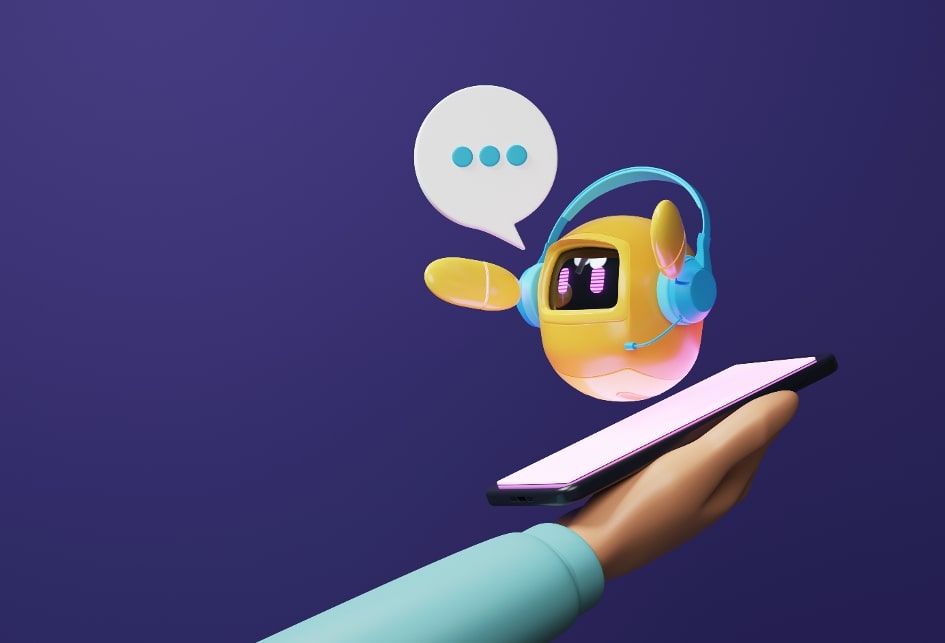The world of education is constantly evolving, driven by technological advancements that aim to make learning more engaging and effective. One such innovation that has gained prominence in recent years is the use of chatbots in education.
In this article, we will explore the concept of chatbots in education, their applications, and their potential to revolutionize learning including Sexual and Reproductive Health (SRH) education for young individuals.

1. Chatbot’s in the past and nowadays
The story of chatbots traces back to the 1950s when computer pioneer Alan Turing introduced the concept of the Turing Test. Turing proposed that if a computer program could mimic human conversation to the extent that it could fool 50% of people into thinking it was human, it could be considered “intelligent.” This laid the foundation for the development of chatbots, which aim to simulate human communication.
Fast forward to the present day, and chatbots have become an integral part of our lives. You might be familiar with popular chatbots like Siri, Alexa, Google Assistant, and many others. These digital assistants help us with tasks, answer questions, and provide assistance.
2. Applications of Chatbots in Education
In the realm of education, chatbots have found a unique role. They personalize the learning experience and make it possible for students to interact with a digital device as if they were engaging with a real person. Chatbots can deliver content, offer links, images, videos, and more, making learning interactive and accessible.
Key features of chatbots in education include their ability to target specific use cases, provide services, use natural language for communication, focus on answering specific types of questions, offer contextual understanding, and navigate interfaces more intuitively than traditional applications. Chatbots can offer personalized learning tailored to each student’s style, assistance in language learning through conversations and exercises, guidance and solutions for homework assignments, instant grading and feedback on assessments, support for administrative tasks like course registration and scheduling, mentoring for career and academic planning, and facilitating group discussions and collaborative projects among students.

3. Pros and cons
Despite all benefits written above, there are some challenges that needs to be adressed. Developing ethical principles for chatbot use is one of them. Ensuring that chatbots provide accurate, unbiased, and age-appropriate information is essential for building trust with users. Additionally, maintaining user-friendly interfaces and regularly updating content are key factors in their future success.
The most important challenges need to be adressed are ethical considerations, including transparency and privacy, positive user attitudes, which are essential for effective education (young people’s perceptions of SRH chatbots may influence their willingness to use them), and provide continuous updates to chatbot content and programming, which are necessary to ensure accuracy and relevance, requiring ongoing maintenance and resources.
To conclude, chatbots have emerged as a transformative force in education, offering personalized learning experiences and revolutionizing the way students interact with digital devices. Their potential for enhancing Sexual and Reproductive Health (SRH) education for young individuals is particularly promising, providing accessible, timely, and reliable information. However, to fully harness their benefits, addressing ethical concerns, promoting positive user attitudes, and ensuring continuous maintenance and content updates are essential steps for the future of chatbots in education. But we must not forget that interaction with real people is also important and a chatbot cannot replace it, however it can be an indispensable support in learning and disovering new, even complex, knowledge in a simple and youth-friendly way.
Sources:
https://www.sciencedirect.com/science/article/pii/S2666920X21000278
https://educationaltechnologyjournal.springeropen.com/articles/10.1186/s41239-023-00426-1
https://elearningindustry.com/chatbots-in-education-applications-chatbot-technologies
